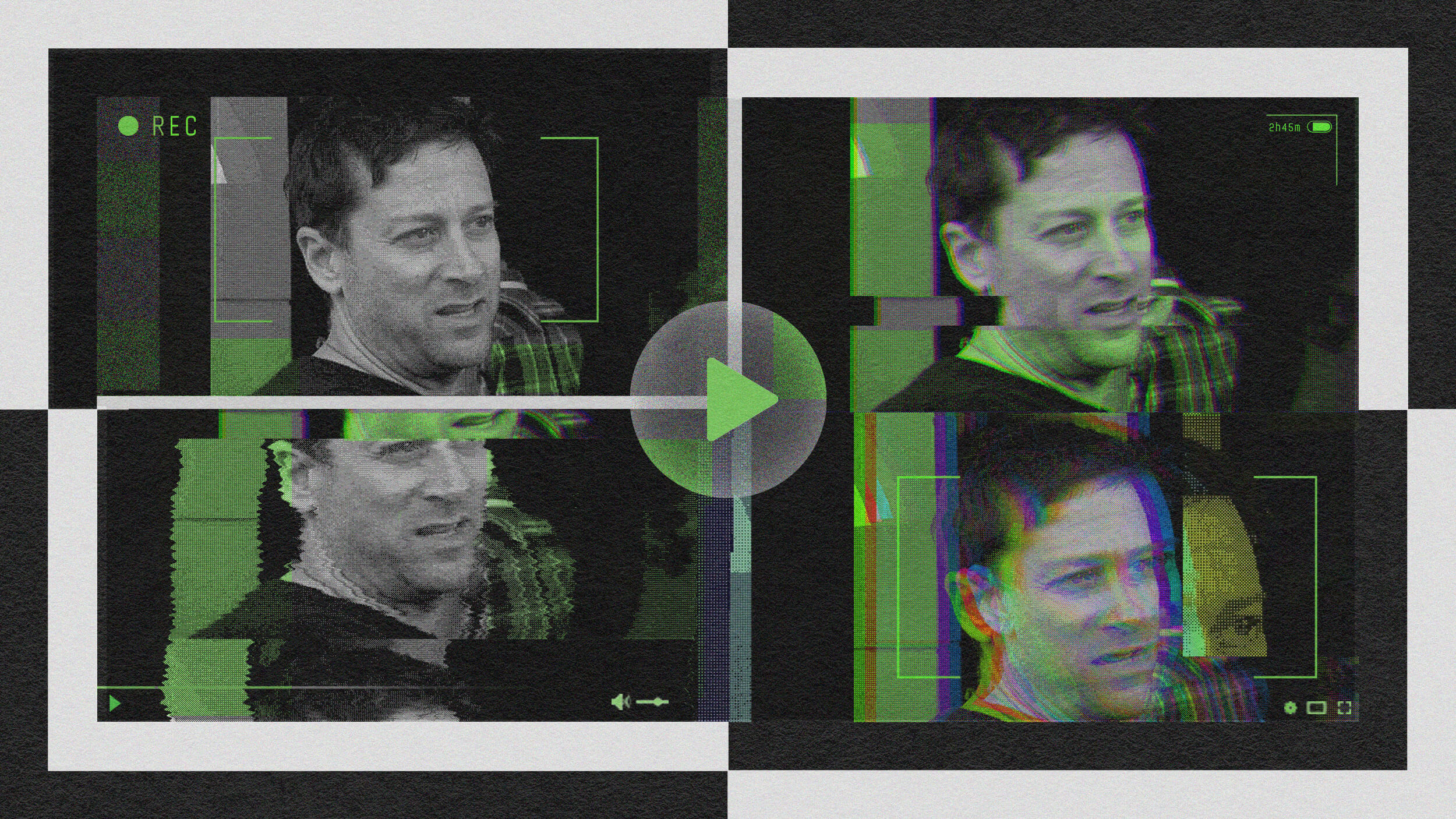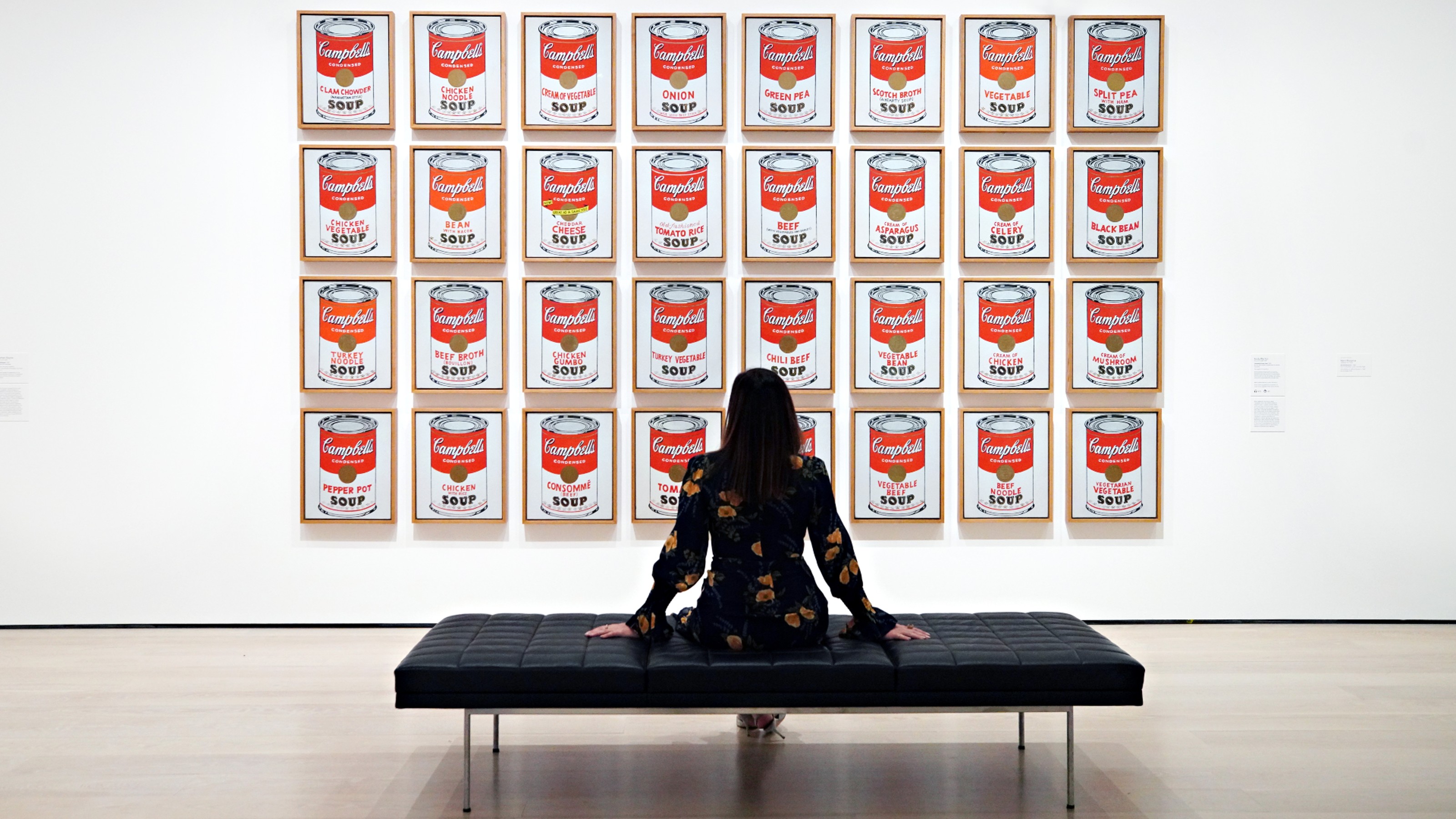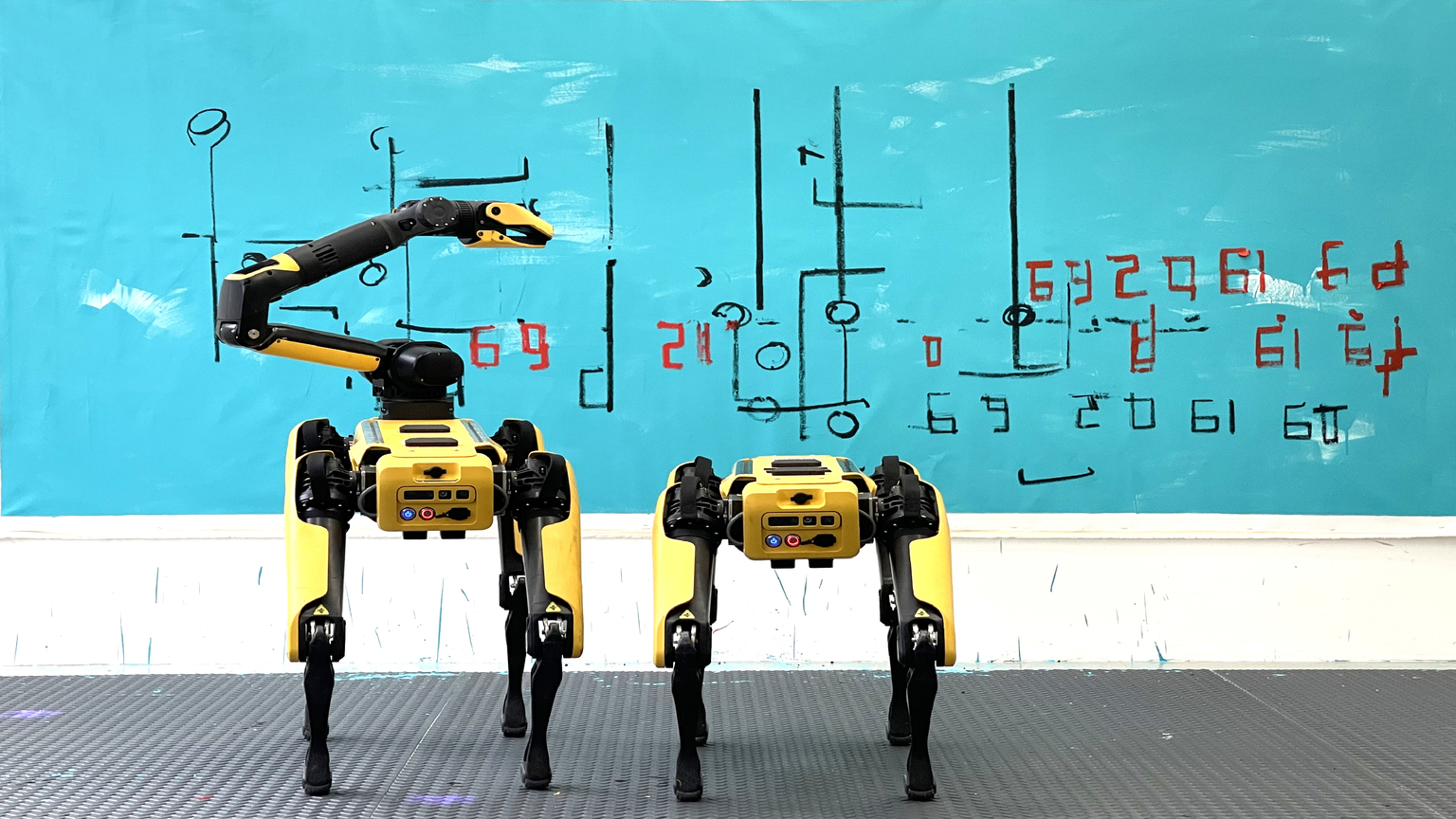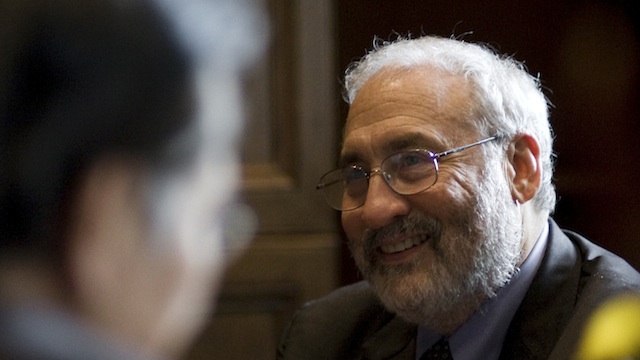Fired Up: The Wojnarowicz Controversy Lives On
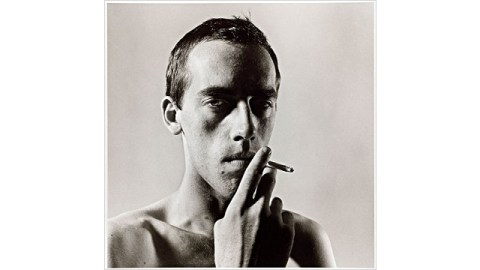
When the decision-makers at the Smithsonian’s National Portrait Gallery decided to drop David Wojnarowicz’s 1987 video “A Fire in My Belly” from their exhibition Hide/Seek: Difference and Desire in American Portraiture, they did it hoping to end the controversy. To the credit of the American art community, that act ignited a much larger conflagration. Opponents of the censorship have responded with full force—moral, aesthetic, and financial. Instead of banishing Wojnarowicz’s video to obscurity, conservatives calling for its removal have instead given the late artist a second life and the widespread media attention that comes equally from fame or infamy. Removing “A Fire in My Belly” has fired up those dedicated to the arts and, perhaps, awakened them to the seriousness of the latest battle in the American culture wars.
As I discussed here earlier, several conservative commentators looking to stir up the annual farce of the secular “War on Christmas” first misrepresented Hide/Seek as a “Christmas” exhibition, even though it opened on October 30th, and then misrepresented the exhibition as being funded by tax dollars rather than private funds. When the financing source was corrected, the same opponents objected on the grounds that the gallery itself operated using “their” tax dollars, thus giving them the right to object. Fortunately, supporters of Hide/Seek and the work of artists such as Wojnarowicz (shown above) want “their” tax dollars to speak as loudly as those of The Catholic League and friends.
When the show’s two curators, Jonathan D. Katz and David C. Ward, appeared at The New York Public Library, their previously scheduled presentation soon became an extension of the debate over the censorship. The National Portrait Gallery’s Director, Martin Sullivan, joined the fray from his seat in the audience. “Was it a great decision? Absolutely not,” Sullivan said in defense of the removal. “Is it one that we’re happy about? No.” But, claiming a need to look at the larger financial picture and not just this single exhibition and artwork, Sullivan concluded his defense by saying, “Sometimes you don’t get what you want entirely.” Ward decried the decision as “abhorrent” and wished there had been at least “a fighting retreat” by the National Portrait Gallery instead of the hasty, unconditional surrender.
That quick surrender caught the eye of The Andy Warhol Foundation for the Visual Arts, one of the private foundations that funded Hide/Seek. The Warhol Foundation now will think twice about funding exhibitions at the National Portrait Gallery or any Smithsonian institution. Where the Warhol goes, hopefully other institutions will follow suit. If financial force in the form of tax dollars can influence events in one direction, perhaps private funds can influence events in a more positive way.
The specter of the upcoming Republican-controlled House of Representatives choking off federal funding of cultural institutions that don’t toe the line was hinted at during the Katz/Ward appearance. Sadly, the long-term culture wars waged by the Republican Party since the 1980s have now become overtly homophobic rather than coded. Homophobia, the last “acceptable” prejudice in polite American society, is the real reason for the ban on Wojnarowicz in particular and the Hide/Seek exhibition in general.
Fortunately, other art museums have joined in the fight by showing “Fire in the Belly” when the National Portrait Gallery won’t. “We chose to show it as a way of not letting it become just a news story, a scandal,’’ explains Boston ICA chief curator Helen Molesworth yesterday. “We want to reclaim it as art, and to allow for the possibility of having an experience with it in a public museum.’’ (A great irony of the conservative ban is the wider recognition this controversy has given Wojnarowicz posthumously.) I can appreciate how Molesworth and others are trying to defuse the political situation by returning to the aesthetic plane, by “reclaiming” the video as art. However, those who reject “Fire in the Belly” do not care about what is or isn’t art. They serve an agenda that rejects art based solely on the sexual orientation of the artist. The percentage of opponents who actually have seen the video is probably very small. They don’t need to see it; they’ve already decided (or had others decide for them). Their minds are closed, perhaps for good. This cultural battle will be won by reaching those who still believe in freedom, artistic and otherwise. They are the ones who need to see this video, or at least know why it was suppressed. Now is the time for defenders of freedom to get fired up, and to get more good people fired up to finally reject the last acceptable prejudice of homophobia once and for all.
